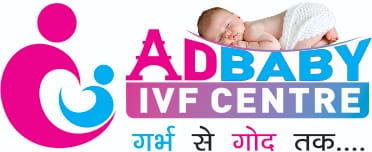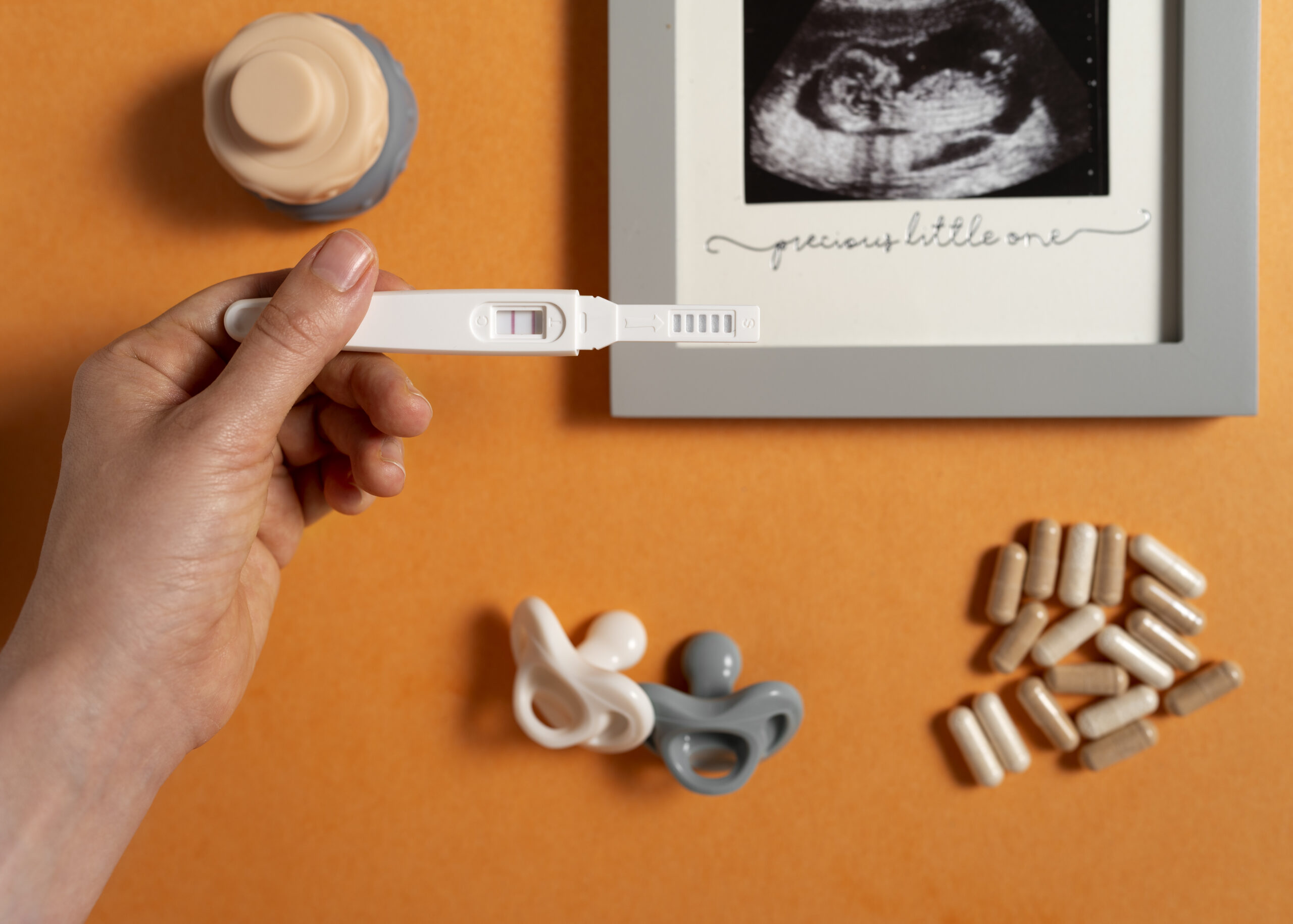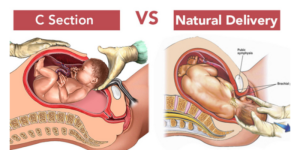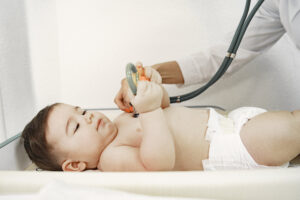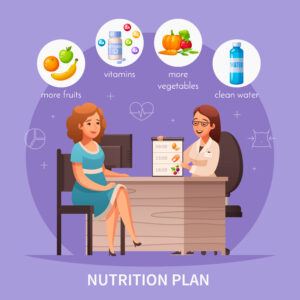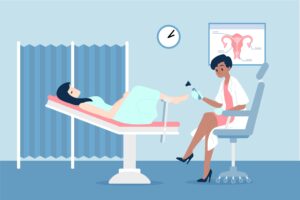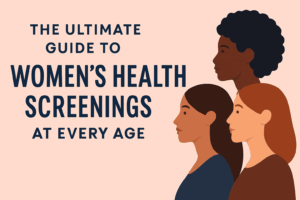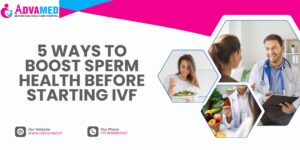So, you’re thinking about IVF-or maybe you’ve already committed and are knee-deep in Google searches, WhatsApp support groups, and forums filled with “Day 5 embryo updates.” If you’ve ever asked yourself, “How long does IVF actually take?” you’re not alone.
Let’s break it down for you, step by step, with realistic timelines, honest expectations, and insights that can help you feel more prepared.
Why IVF Timelines Matter (and Why They’re Never One-Size-Fits-All)
First, a reality check. IVF isn’t a cookie-cutter process. Your body, diagnosis, hormone levels, and treatment response all shape the timeline. That said, most IVF cycles take around six to eight weeks from the beginning of ovarian stimulation to the pregnancy test.
This doesn’t include:
- Your initial consultation and testing
- Any lifestyle changes or supplement prep
- Delays based on cycle timing or medical adjustments
Still, understanding the typical stages can help you prepare better—both physically and emotionally.
Step 1: Initial Consultation and Pre-IVF Testing (2 to 4 Weeks)
This is where it begins. After your first visit, your doctor will likely recommend a few diagnostic tests-such as blood work to check hormone levels (like AMH, FSH, LH), pelvic ultrasounds, and possibly an HSG to assess your fallopian tubes.
Depending on your schedule, results turnaround, and your doctor’s availability, this prep phase can take anywhere from two to four weeks.
According to Dr. Nupur Sharma, IVF Specialist , “This stage is crucial. We’re not just confirming fertility issues but also customizing the approach for every patient.”
Step 2: Ovarian Stimulation (10 to 14 Days)
Once your cycle begins, you’ll start daily hormone injections to stimulate the ovaries to produce multiple eggs. You will be monitored frequently through ultrasounds and blood tests to track your progress.
This phase generally lasts about ten to fourteen days, depending on how your body responds to medication. Toward the end, you’ll receive a “trigger shot” to mature the eggs in preparation for retrieval.
It’s normal to feel bloated or emotionally up and down during this phase-it’s your body working overtime.
Step 3: Egg Retrieval (1 Day Procedure + 1 to 2 Days Recovery)
Around 36 hours after the trigger shot, the egg retrieval takes place. It’s a short outpatient procedure performed under mild sedation, during which the doctor collects the eggs from your ovaries.
You will need someone to accompany you, and though it’s typically low-risk, you may feel tired or crampy afterward. Many women take the next day or two to rest.
Step 4: Fertilization and Embryo Development (3 to 5 Days)
In the lab, the retrieved eggs are fertilized with sperm. If you’re undergoing ICSI, a single sperm is injected directly into each mature egg.
The embryos are then monitored closely. Some clinics prefer to wait until Day 3 for transfer, while others allow the embryos to grow to Day 5 (blastocyst stage) before deciding which ones to transfer or freeze.
It’s important to note that not all fertilized eggs become viable embryos-this is normal, although understandably frustrating.
Step 5: Embryo Transfer (1 Day)
If you’re doing a fresh transfer, one or more healthy embryos will be placed into your uterus using a thin catheter. This is usually a quick, painless procedure done without anesthesia.
Some doctors recommend bed rest, while others say normal activity is fine. Most patients return home within an hour.
If you’re doing a frozen embryo transfer (FET), this step would happen in a later cycle and extend your overall timeline.
Step 6: The Two-Week Wait (9 to 14 Days)
This is often the most emotionally intense part. After transfer, it’s time to wait for implantation to occur. You’ll take a blood test-usually after about 10 to 14 days-to confirm pregnancy.
During this time, it’s common to feel anxious, overanalyze symptoms, and wish time would speed up. Try to stay occupied and lean on your support system.
What If You’re Doing a Frozen Embryo Transfer?
If your doctor recommends freezing your embryos before transfer-for medical reasons or to allow your body to rest after stimulation-you will wait one or more cycles before proceeding.
In this case, the full IVF process could span eight to twelve weeks, depending on your body’s readiness and your doctor’s strategy.
The Complete IVF Timeline at a Glance
- Initial consultation and prep: 2 to 4 weeks
- Ovarian stimulation and retrieval: 2 to 3 weeks
- Embryo development and transfer: 1 week
- Pregnancy testing wait: 2 weeks
Total time: 6 to 8 weeks for a typical fresh IVF cycle
Longer for frozen embryo cycles or special treatment protocols.
What’s Changing in IVF Timelines?
With emerging technologies like genetic screening, time-lapse embryo imaging, and improved embryo freezing techniques, IVF is becoming more efficient and precise. Some clinics are even exploring personalized stimulation protocols to reduce medication load and side effects.
That said, IVF is still a deeply personal and medical journey. Fast isn’t always better-what matters most is safety, customization, and your long-term outcome.
Final Thoughts: It’s a Process, Not a Race
If you’re beginning IVF, it’s normal to feel overwhelmed by timelines and expectations. But understanding what each stage involves can help you feel more in control.
While six to eight weeks may sound long, it’s often just the beginning of something much bigger. Whether your first cycle succeeds or not, you’re gaining knowledge, strength, and clarity with every step.
And remember-every IVF journey is unique. Take it one phase at a time, ask all your questions, and know that with the right care team, you’re not doing this alone.

